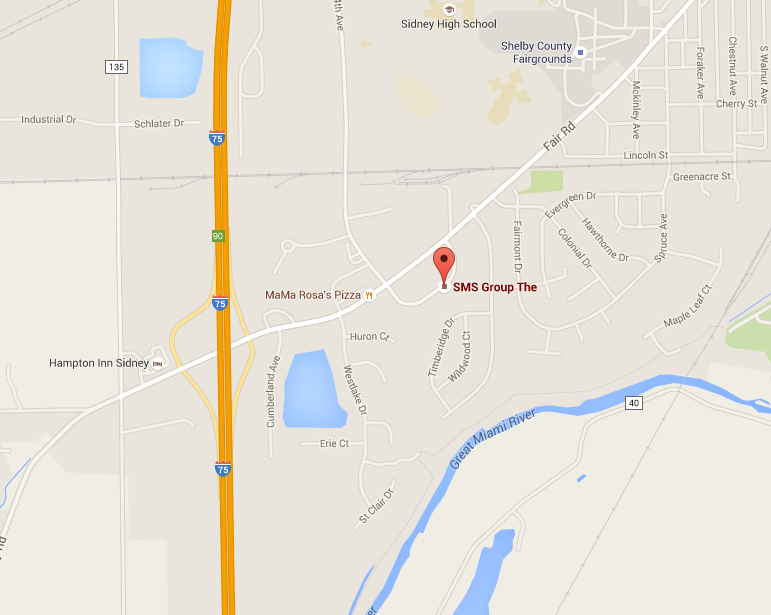Total Cost of Ownership and its Role in your Mobile Strategy
Mobile devices can boost operational performance, improve workplace safety, and increase employee productivity in your warehousing, manufacturing, or logistics environment. In fact according to Honeywell, mobile is the future and “is even predicted that by 2020, [devices] will outsell PC’s by a factor of ten.” Mobile devices, however, are not without their difficulties, security risks, or expenses. To ensure your business gets the most out of its mobile devices, you must look to the future and develop a mobile strategy.
If your mobile strategy is outdated, your industrial business is not likely generating an ROI from its mobile investment, and you should reevaluate your existing strategy. One of the biggest determining factors for a mobile strategy is the total cost of ownership for the devices. This blog will explore two factors that determine the total cost of ownership for mobile devices: hardware and operating system options.
The best hardware option may not be an obvious choice
In general, your company has three options when deciding between mobile hardware:
- Enterprise devices
- Consumer devices
- Existing employee devices (ie: whatever your employees have in their back pocket).
At a first glance, it’s easy to jump to a conclusion about which option will have the lowest cost of ownership—the consumer device costs less upfront (unlike option 1) and will ensure all employees work from the same device (unlike option 3).
While consumer devices are appealing from an upfront cost perspective, the total cost of ownership for a consumer device versus an enterprise device is much higher. In fact, the consumer device could cost your company 51% more than the enterprise device. This is because, unlike consumer devices, enterprise mobile devices have:
- Longer life cycles
- Higher durability
- Cheaper monthly plans
Learn more about the total cost of ownership by hardware device—read this whitepaper by Zebra.
You have a chance to leave Microsoft, but should you?
Microsoft’s decision to phase out support of WEH 6.5 mobile devices by 2020 impacts a large number of companies requiring rugged devices–like manufacturing, logistics, or warehousing companies–especially as Microsoft held 80% of the enterprise mobile market only five years ago. While Microsoft encourages existing users to migrate to Windows Embedded 8.1 Handheld or Windows 10 platforms, the other two option are (you guessed it) Apple or Android. To gauge the cost of ownership between these three OS, you would have to prioritize what is most important to your company and determine which OS will help your company achieve those goals.
Both Apple and Android have their strengths and limitations. Android is the world’s most widely-used OS, manufactured by companies like Samsung, LG, Motorola and more. However, while Android’s multiple manufacturers have helped launch the OS to its #1 spot, they also cause hardware fragmentation. Apple devices, on the other hand, are only produced by Apple, so there is no hardware fragmentation. However, Apple has not developed a ruggedized tablet or smartphone for industrial enterprises.
For more information about the strengths and weaknesses between Apple, Android, and Microsoft, read Honeywell’s “Strategic Insights into Selecting the Operating System that Best Meets Your Long-Term Business Vision”
Look to the future—your competitive edge awaits
The total cost of ownership for your company’s mobile devices largely depends on your mobile strategy. It is imperative for companies to look to the future when determining their company’s mobile strategy, and not at what they have historically done. Consider the factors that are most important to your warehousing, logistics, or manufacturing business, including ruggedness, ease of support, security, scalability, and total cost of ownership to inform your mobile strategy.
If you’re looking for a partner to guide you through your migration process, get in touch with The SMS Group. Our team can help you find the right systems, lead you through the process of purchase and installation, and make sure that your applications make the most of today’s technology. Contact us online to learn more or call 937-498-2700.


